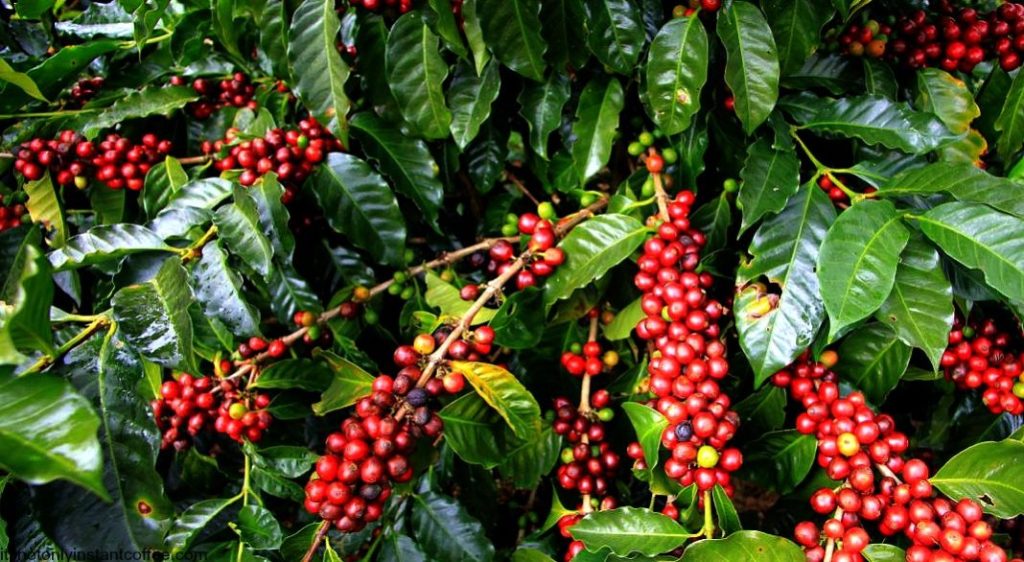The Ministry of Agriculture, Animal Industry and Fisheries (MAAIF) has broken its silence on the recent decline in farm gate coffee prices, attributing the trend to global market dynamics rather than domestic policy failures.
In a press briefing delivered by Hon. Frank Tumwebaze, the Minister for Agriculture, the Ministry acknowledged rising concerns from farmers across Uganda who have been hit by a noticeable drop in prices for both Robusta and Arabica coffee over the past month.
“Of recent there has been some noted volatility in the farm gate prices of Coffee creating some unease and causing some disgruntlement among farmers,” the Ministry stated.
According to market analysis from MAAIF dated June 27, 2025, Robusta FAQ is now trading between UGX 10,000–11,000, while Robusta Kiboko fetches between UGX 5,000–5,500. Arabica parchment is currently selling at UGX 14,000–15,000, and Drugar at UGX 14,000.
The Ministry explained that the unusually high coffee prices witnessed in the last two years were driven by a combination of climatic challenges in major producer countries like Brazil and Vietnam, and increased global demand, especially for Robusta a variety Uganda produces in abundance. These factors created a temporary price surge, which is now tapering off.
Minister Tumwebaze emphasized that coffee is an internationally traded commodity and its prices are determined by global stock exchanges Arabica on the Intercontinental Exchange (ICE) in New York and Robusta on the London International Financial Futures and Options Exchange (LIFFE).
Futures contracts dominate the market, and price fluctuations are influenced by investor speculation, climate predictions, agricultural policy changes, and geopolitical tensions such as insecurity in the Red Sea region, which has disrupted maritime transport.
The key global factors currently exerting downward pressure on prices include: Improved Weather in Brazil: Brazil, a top global producer, is set to increase harvests by 0.5% to 65 million bags in 2025/26, Vietnam’s Robusta Surge: Vietnam’s robusta output is projected to hit 31 million bags, boosting global supply and lowering prices, Currency Volatility where Shifting exchange rates, particularly against the US dollar, are affecting exporter revenues, Record Global Output where USDA forecasts world production at 178.7 million 60kg bags, outpacing projected consumption of 169.4 million bags and Market Speculation where traders anticipating price drops are accelerating declines. The ICE Coffee Futures Contract reportedly hit its lowest level since January on June 17, 2025.
“It should be noted, however, that coffee price fluctuations are not new,” the Ministry said, pointing out that over the past decade, export prices have ranged from USD 1.53/kg to USD 3.11/kg, with FY 2020/21 recording the lowest.
Despite the recent price slump, the Ministry reassured the public that Uganda’s coffee sector remains on a strong growth trajectory.
In the 12-month period ending May 2025, Uganda exported 7.43 million bags, earning USD 2.09 billion a 22% increase in volume and a 93.6% increase in value compared to the previous year.
The government is banking on productivity-driven strategies to cushion farmers against price shocks. These include increased distribution of improved seedlings, expanded fertilizer use, and greater access to irrigation to lower production costs and enhance yields.
“Although as the current trend demonstrates, prices are anticipated to continue declining globally, Uganda’s coffee industry is on track,” the Ministry affirmed.
Farmers are being encouraged to focus on quality and efficiency in production as Uganda strengthens its position in the international coffee market — not just through volumes, but through competitiveness and resilience amid global volatility.
